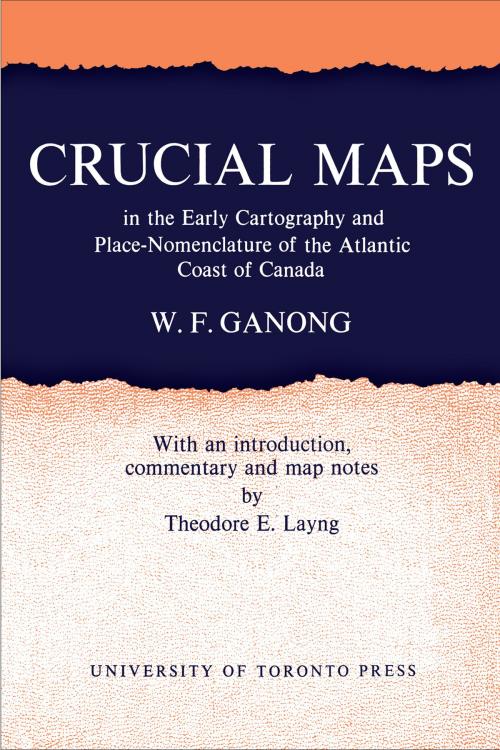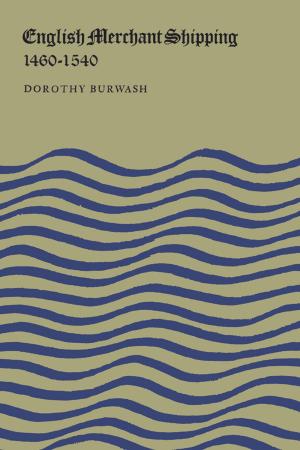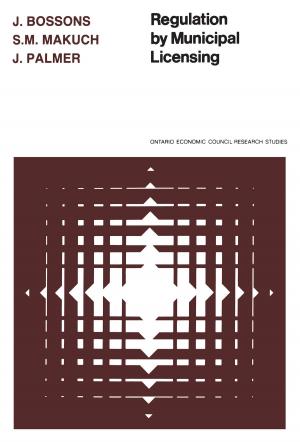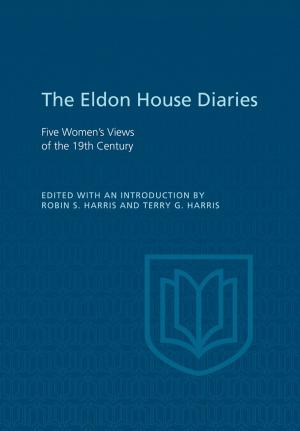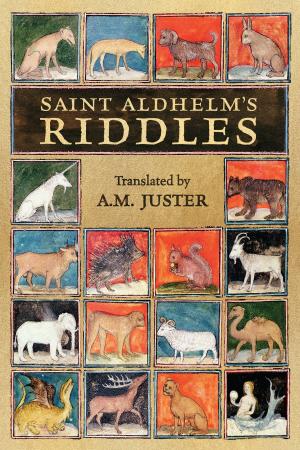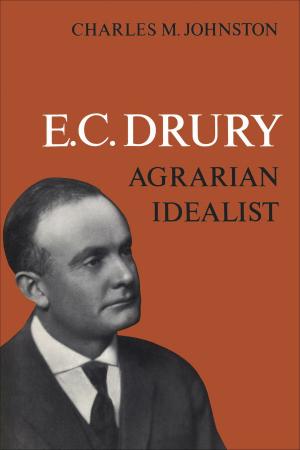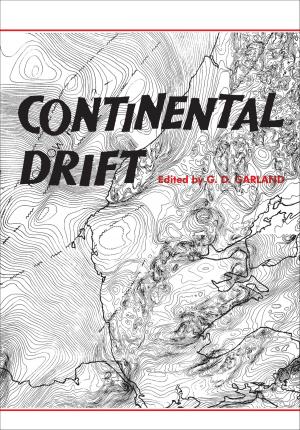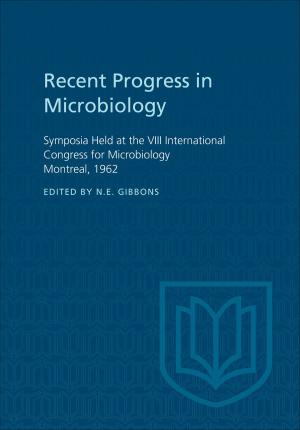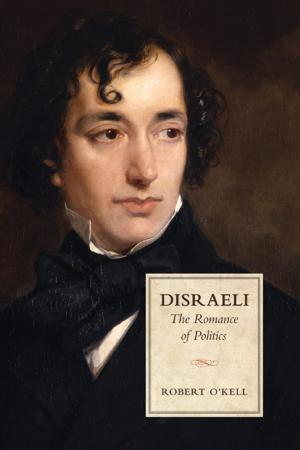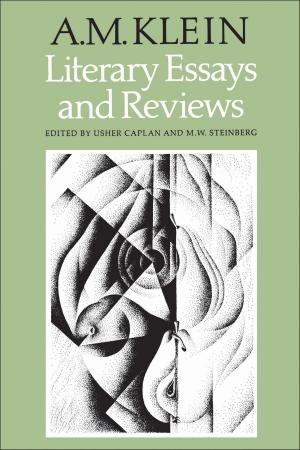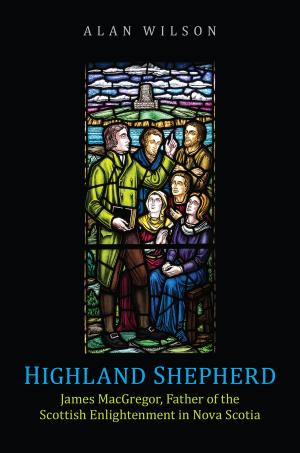Crucial Maps in the Early Cartography and Place-Nomenclature of the Atlantic Coast of Canada
Nonfiction, Reference & Language, Reference, Atlases, Science & Nature, Science, Earth Sciences, Geography, History| Author: | William F. Ganong, Theodore F. Layng | ISBN: | 9781487597375 |
| Publisher: | University of Toronto Press, Scholarly Publishing Division | Publication: | December 15, 1964 |
| Imprint: | Language: | English |
| Author: | William F. Ganong, Theodore F. Layng |
| ISBN: | 9781487597375 |
| Publisher: | University of Toronto Press, Scholarly Publishing Division |
| Publication: | December 15, 1964 |
| Imprint: | |
| Language: | English |
The Transactions of the Royal Society of Canada for the years from 1929 to 1937 included a series in nine parts of important papers on "Crucial Maps" which have been a frequent source of reference ever since for students of the history of discovery and of early cartography. Their author, William Francis Ganong, had a life-long interest in the natural and human history of his native province, New Brunswick. Although he was primarily a botanist, with four full-length books and an amazing number of articles to his credit, it was through his series of monographs in the Transactions of the Royal Society of Canada that the breadth of his interests became known. For over fifty years he contributed almost annually to the Transactions the results of his systematic investigations into New Brunswick's physiography, aborigines, early explorations, wars and settlements. Crucial Maps, which concluded in 1937, was the last series of articles. Ganong was the first investigator to employ a critical classification of maps based upon groupings by period and type, although the cartography of Canada's east coast had earlier been introduced by Baron Alexander von Humboldt.
Ganong's contributions to cartography are enormous: for example, his reconstruction of Cabot's voyages, while all may not agree with it, is a masterpiece of inductive analysis which will remain a model in historical research; his chapters on Gomez, Verrazzano and Fagundes are still the chief secondary sources on these discoverers. There have been notable additions to the bibliography of discovery and maps since Ganong wrote; recently published works as well as the complete file of Ganong's correspondence with his fellow cartographer, G.R.F. Prowse, were consulted by Theodore E. Layng, Map Division, Public Archives of Canada, in preparing the commentaries which accompany this edition of Crucial Maps. These commentaries, with Mr. Layng's introduction, also provide an interesting sketch of Dr. Ganong and his work. Another important feature of this edition is the index prepared by William Morley of the John Carter Brown Library.
In much of his work Ganong was a pioneer, and, while subsequent studies have reached different conclusions on some points, many of his results have seldom been challenged. Students of the present and future will still use and quote from Crucial Maps.
Royal Society of Canada Special Publications No. 7
The Transactions of the Royal Society of Canada for the years from 1929 to 1937 included a series in nine parts of important papers on "Crucial Maps" which have been a frequent source of reference ever since for students of the history of discovery and of early cartography. Their author, William Francis Ganong, had a life-long interest in the natural and human history of his native province, New Brunswick. Although he was primarily a botanist, with four full-length books and an amazing number of articles to his credit, it was through his series of monographs in the Transactions of the Royal Society of Canada that the breadth of his interests became known. For over fifty years he contributed almost annually to the Transactions the results of his systematic investigations into New Brunswick's physiography, aborigines, early explorations, wars and settlements. Crucial Maps, which concluded in 1937, was the last series of articles. Ganong was the first investigator to employ a critical classification of maps based upon groupings by period and type, although the cartography of Canada's east coast had earlier been introduced by Baron Alexander von Humboldt.
Ganong's contributions to cartography are enormous: for example, his reconstruction of Cabot's voyages, while all may not agree with it, is a masterpiece of inductive analysis which will remain a model in historical research; his chapters on Gomez, Verrazzano and Fagundes are still the chief secondary sources on these discoverers. There have been notable additions to the bibliography of discovery and maps since Ganong wrote; recently published works as well as the complete file of Ganong's correspondence with his fellow cartographer, G.R.F. Prowse, were consulted by Theodore E. Layng, Map Division, Public Archives of Canada, in preparing the commentaries which accompany this edition of Crucial Maps. These commentaries, with Mr. Layng's introduction, also provide an interesting sketch of Dr. Ganong and his work. Another important feature of this edition is the index prepared by William Morley of the John Carter Brown Library.
In much of his work Ganong was a pioneer, and, while subsequent studies have reached different conclusions on some points, many of his results have seldom been challenged. Students of the present and future will still use and quote from Crucial Maps.
Royal Society of Canada Special Publications No. 7
